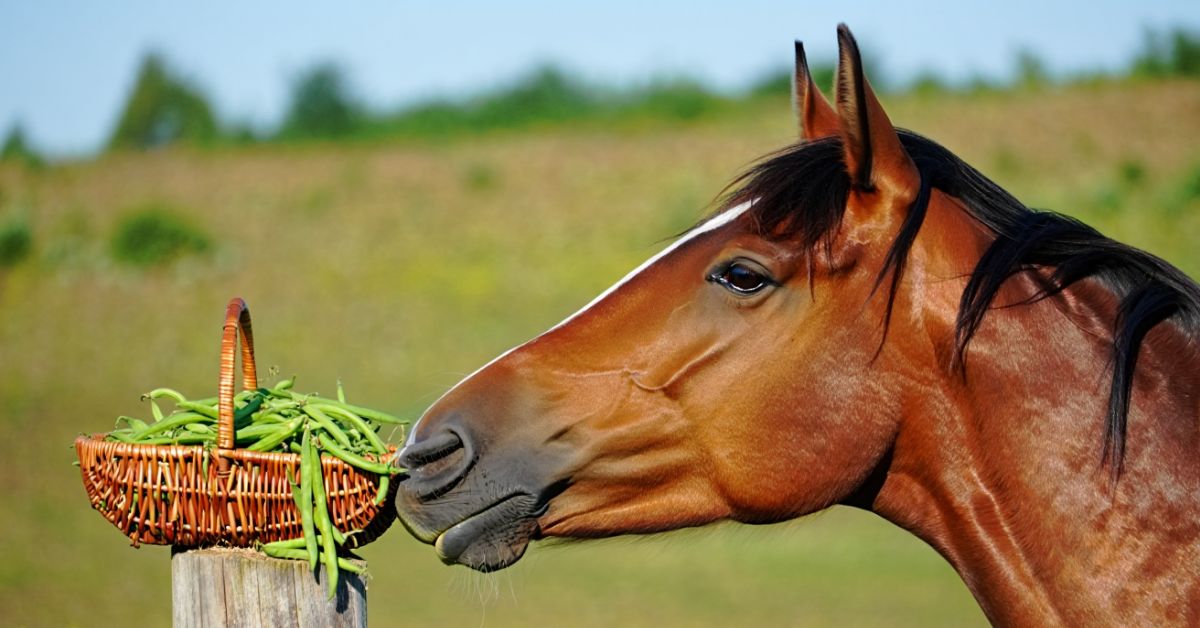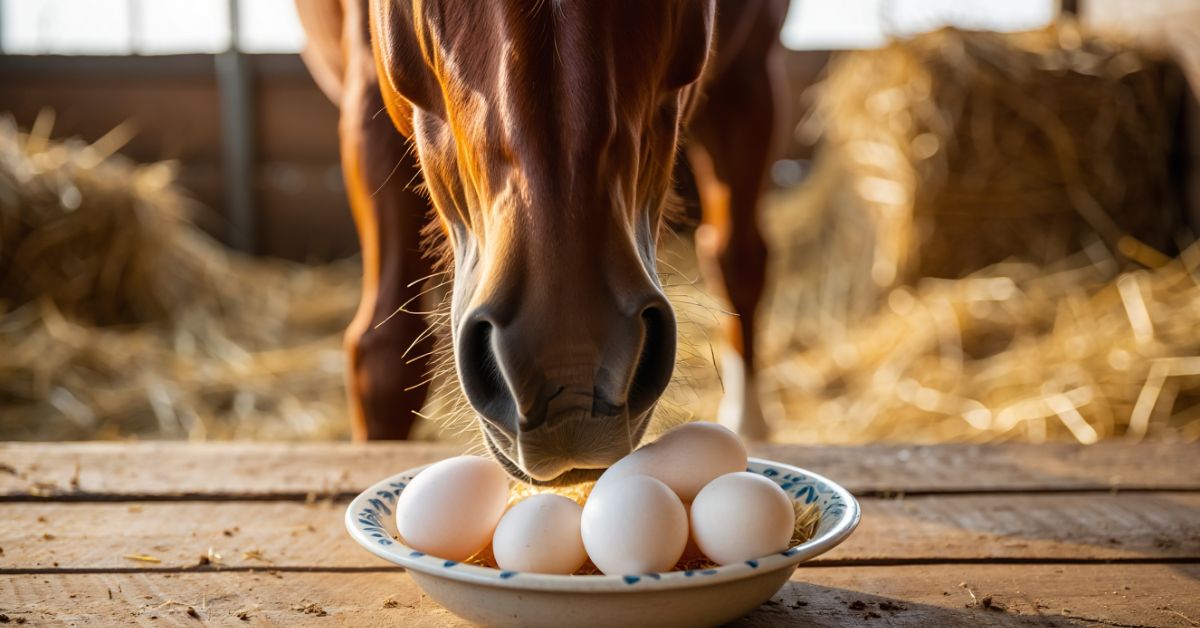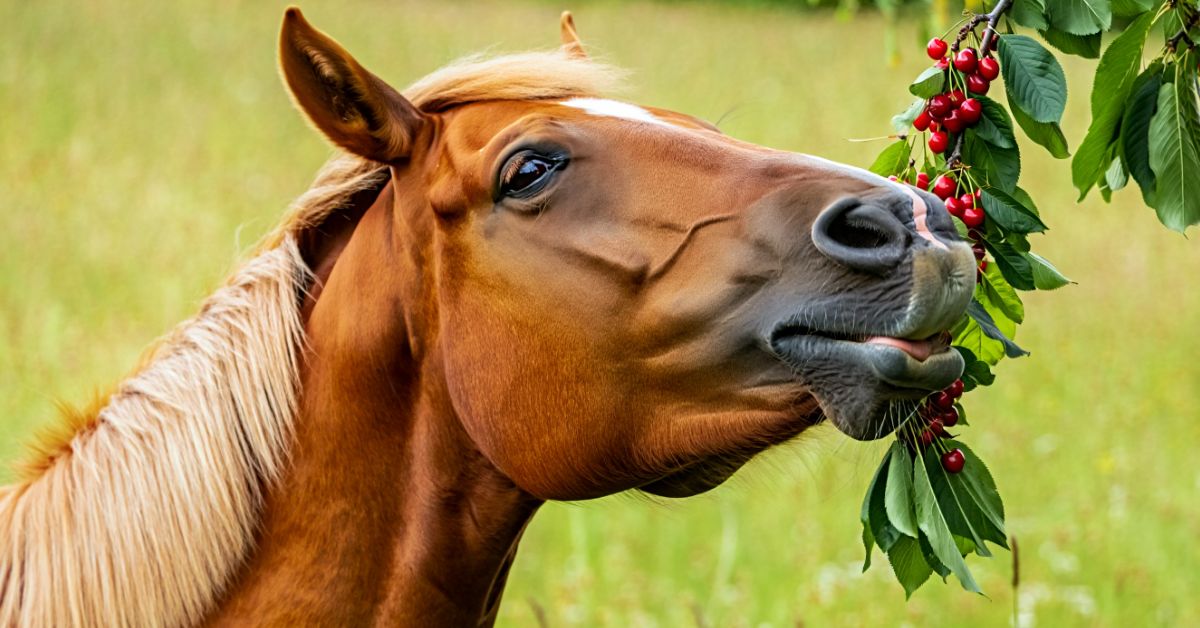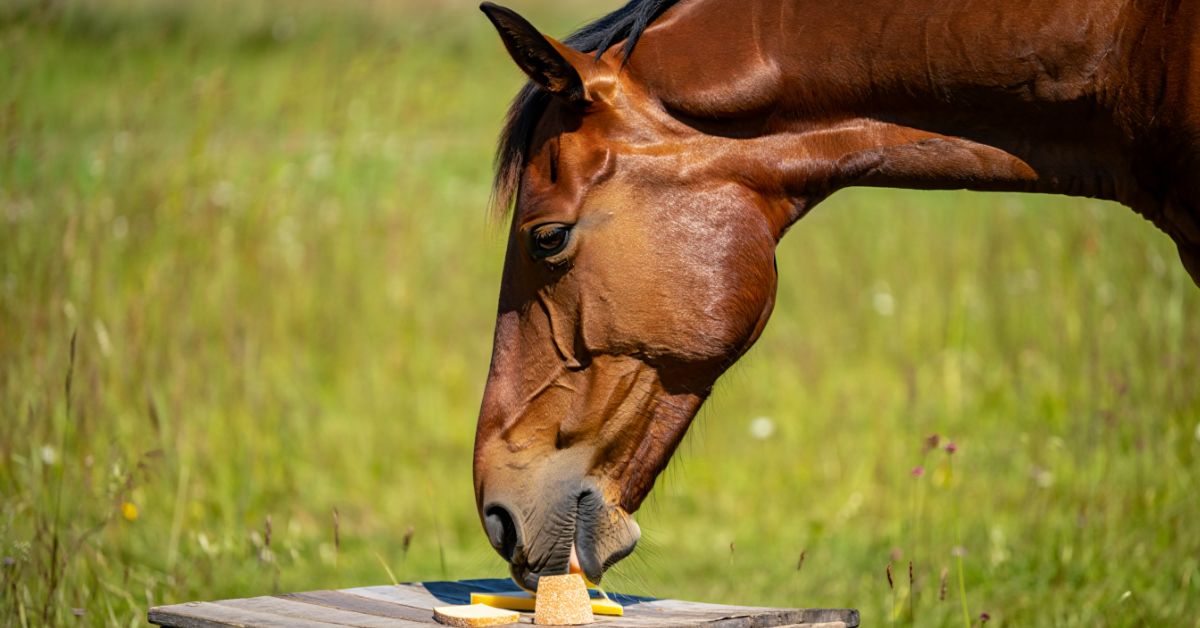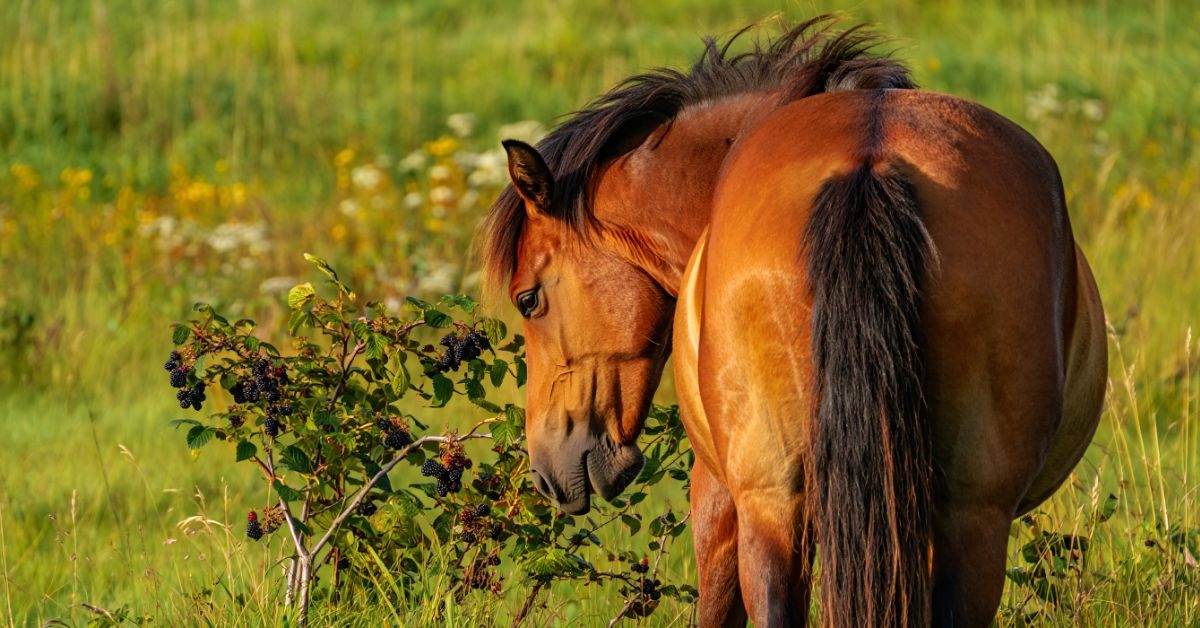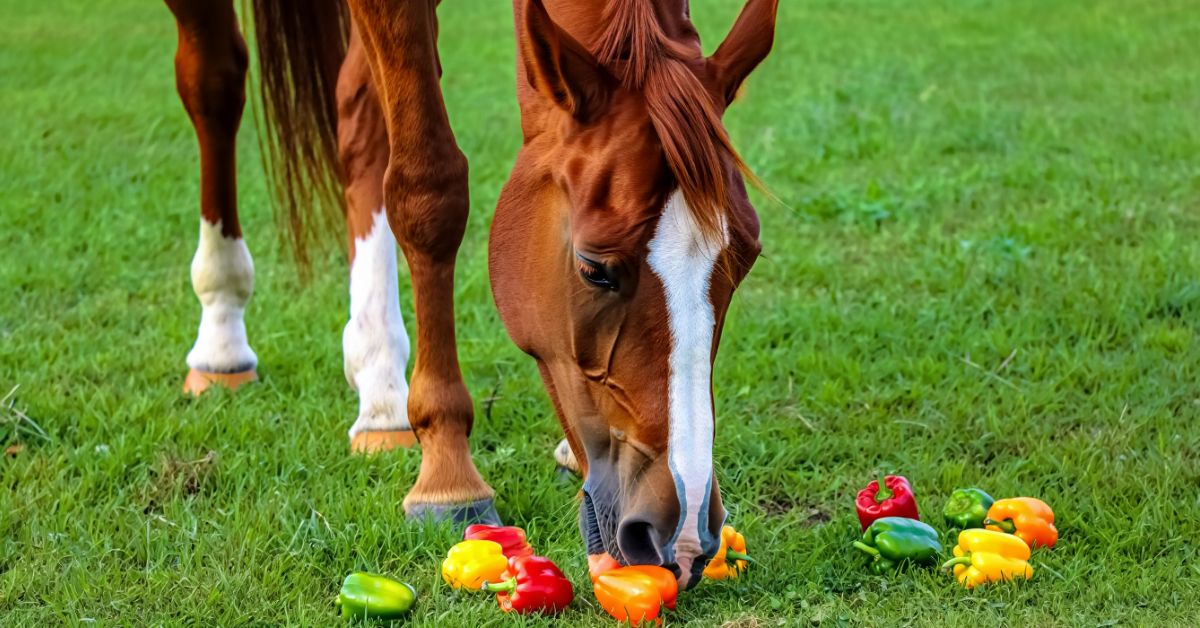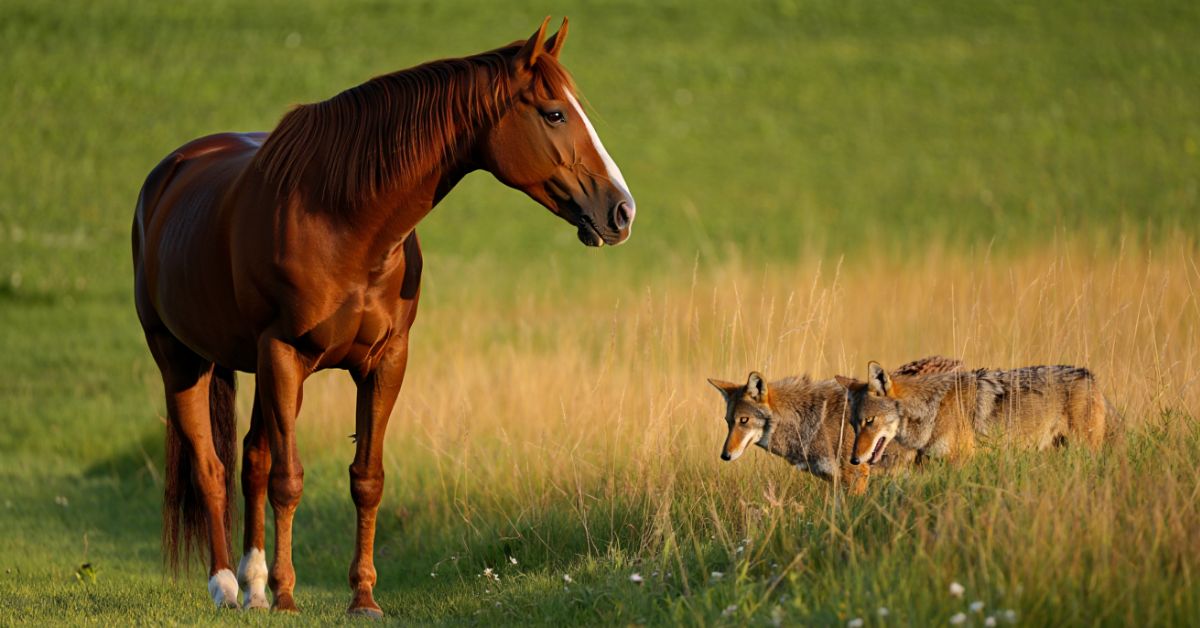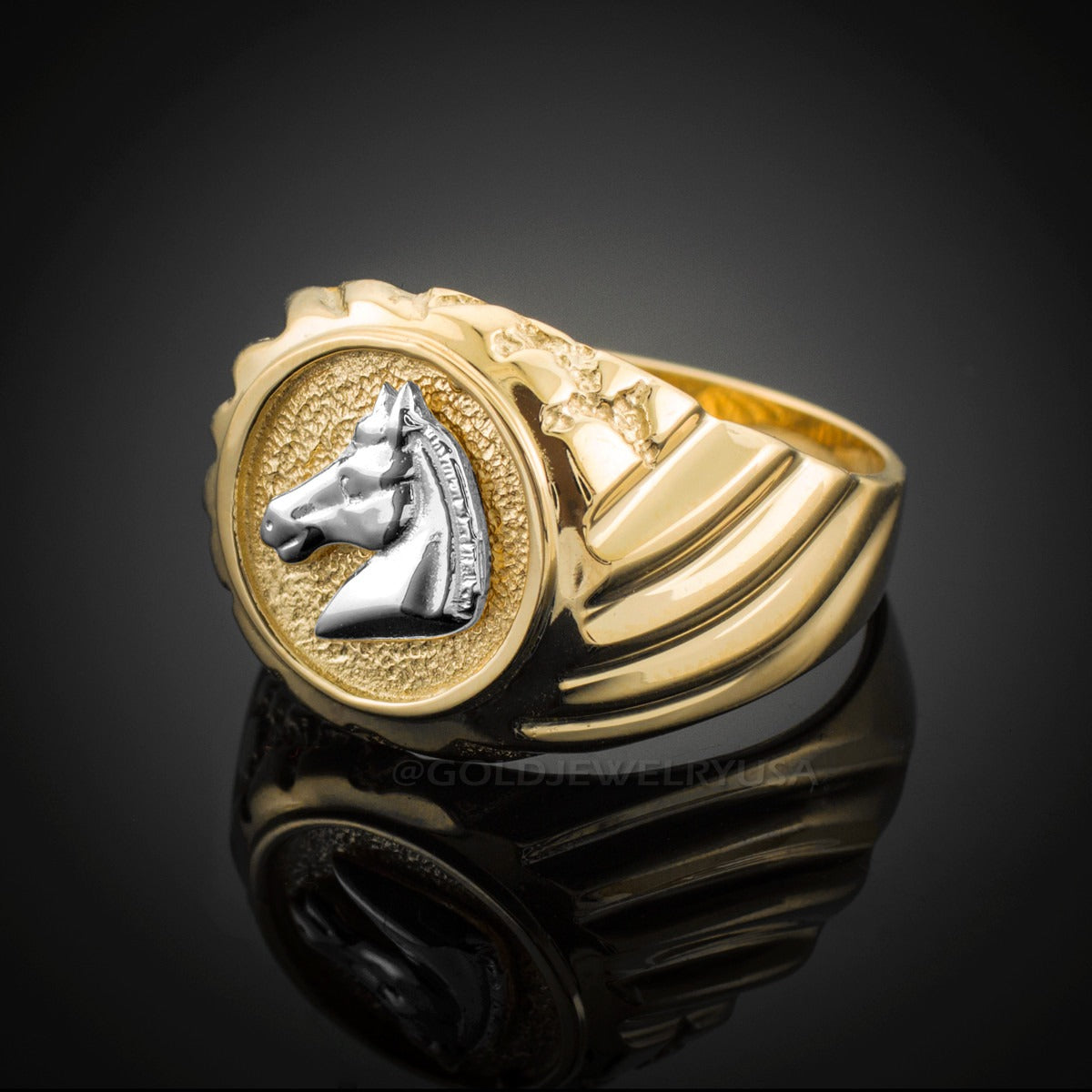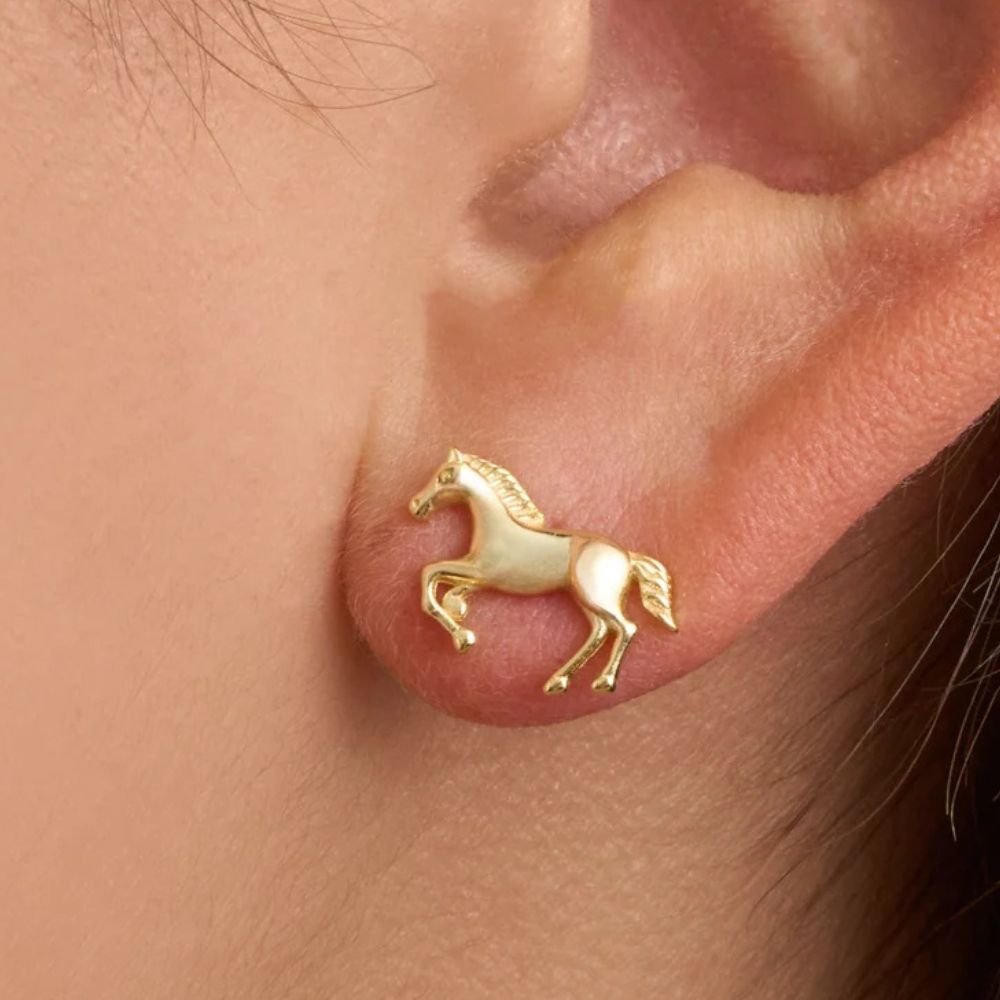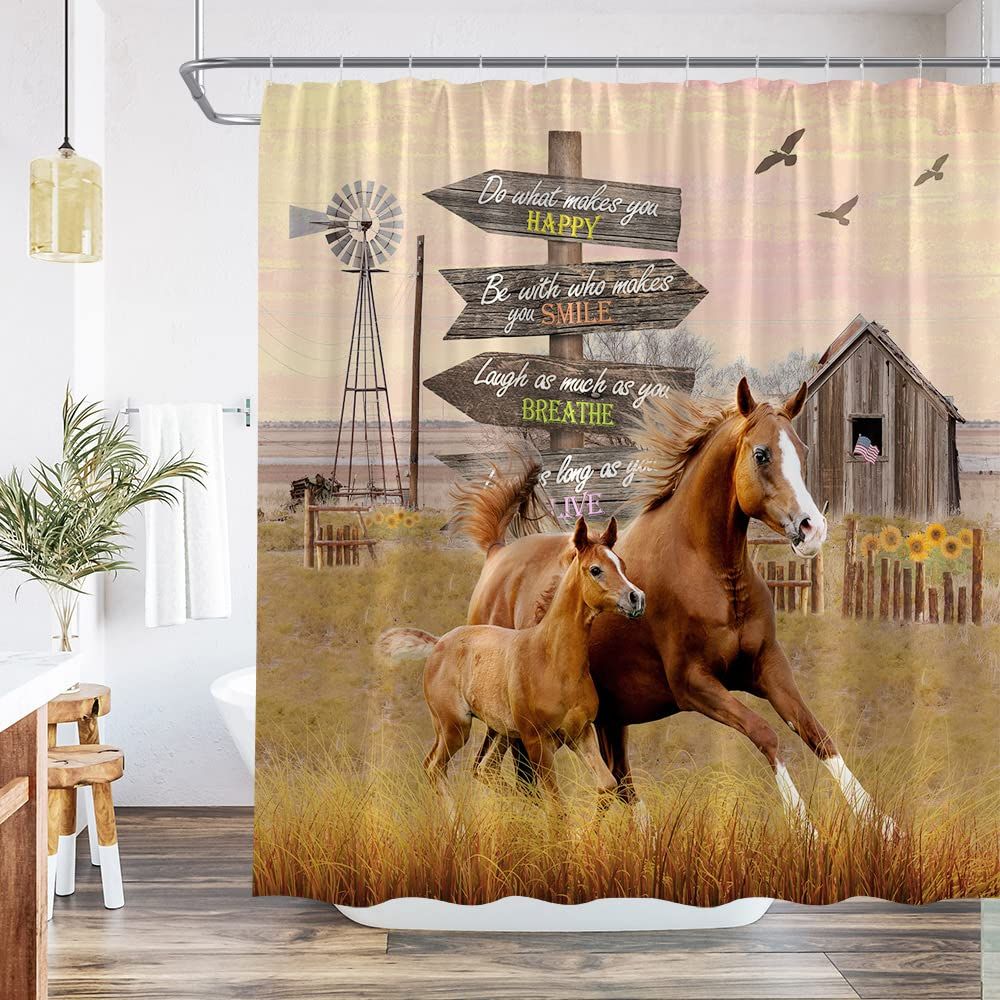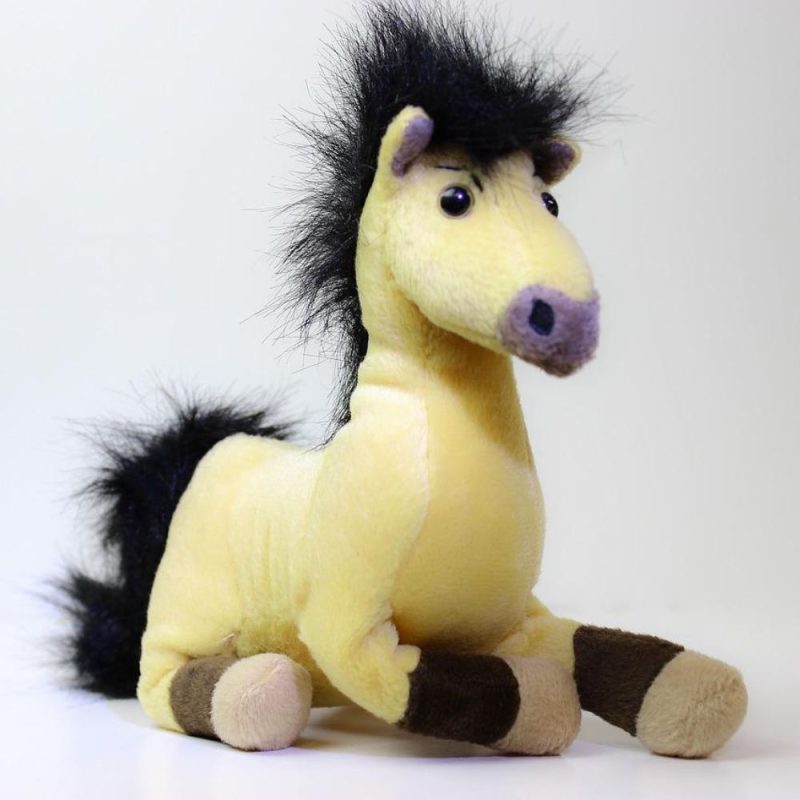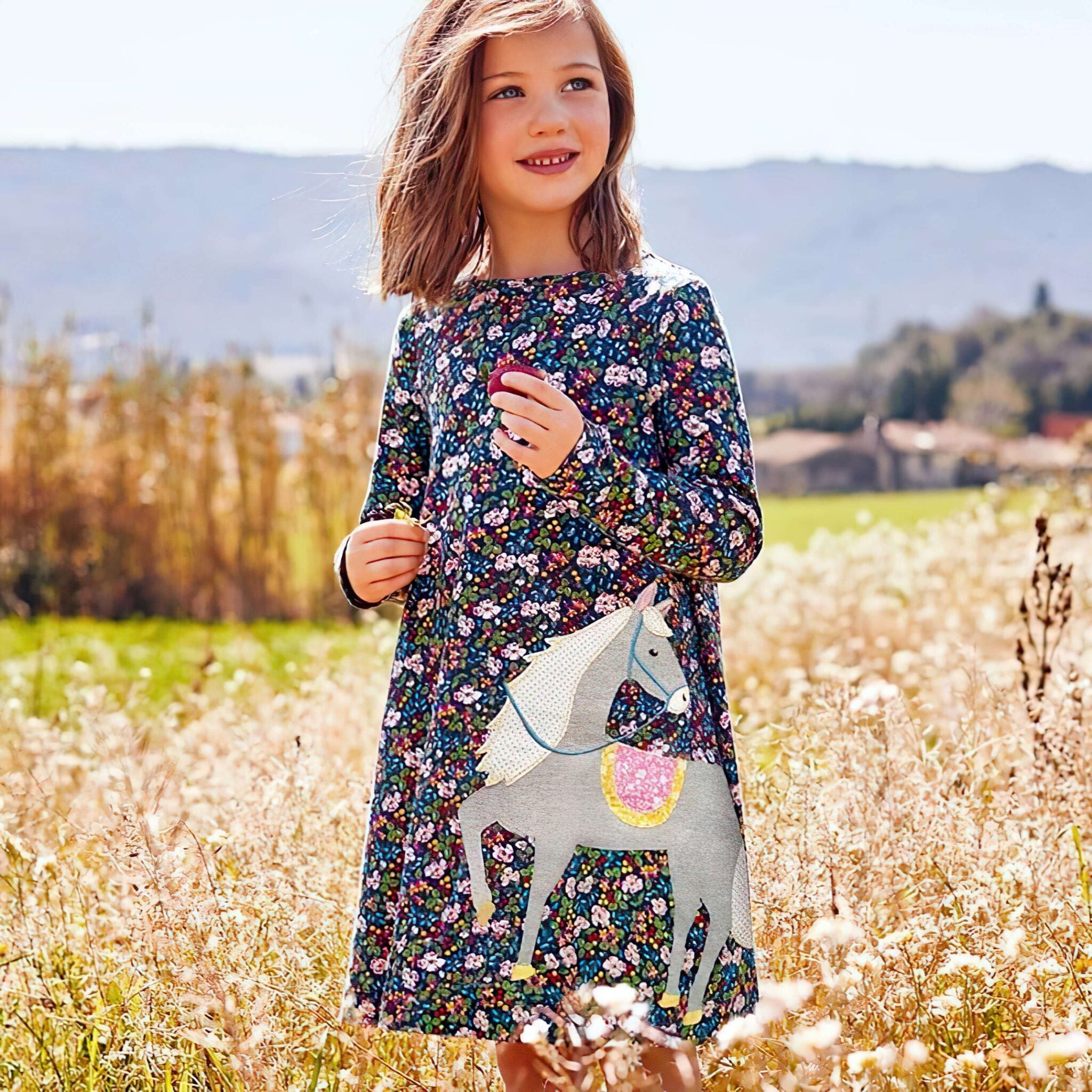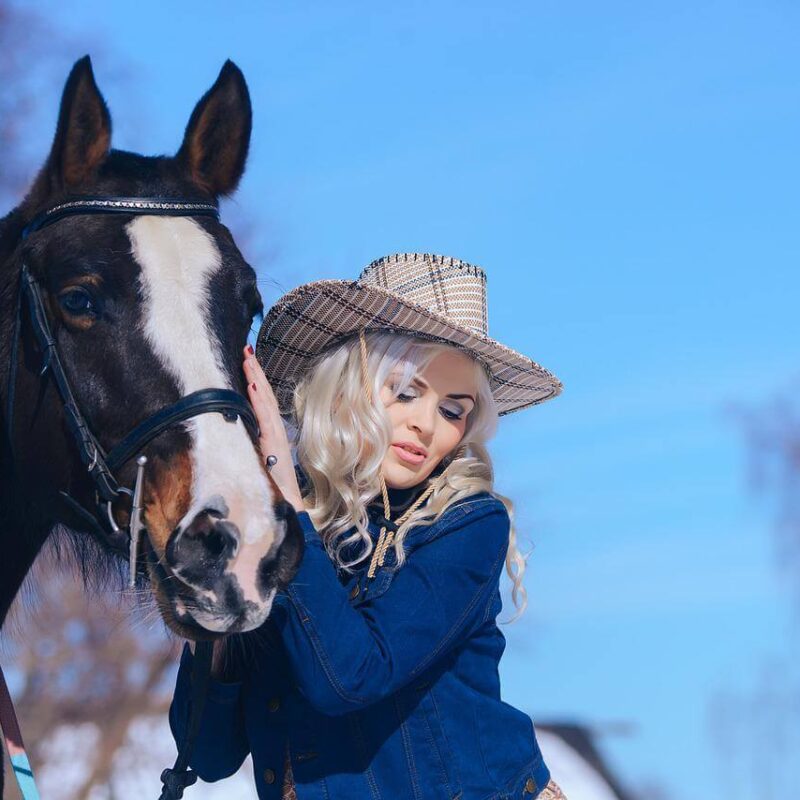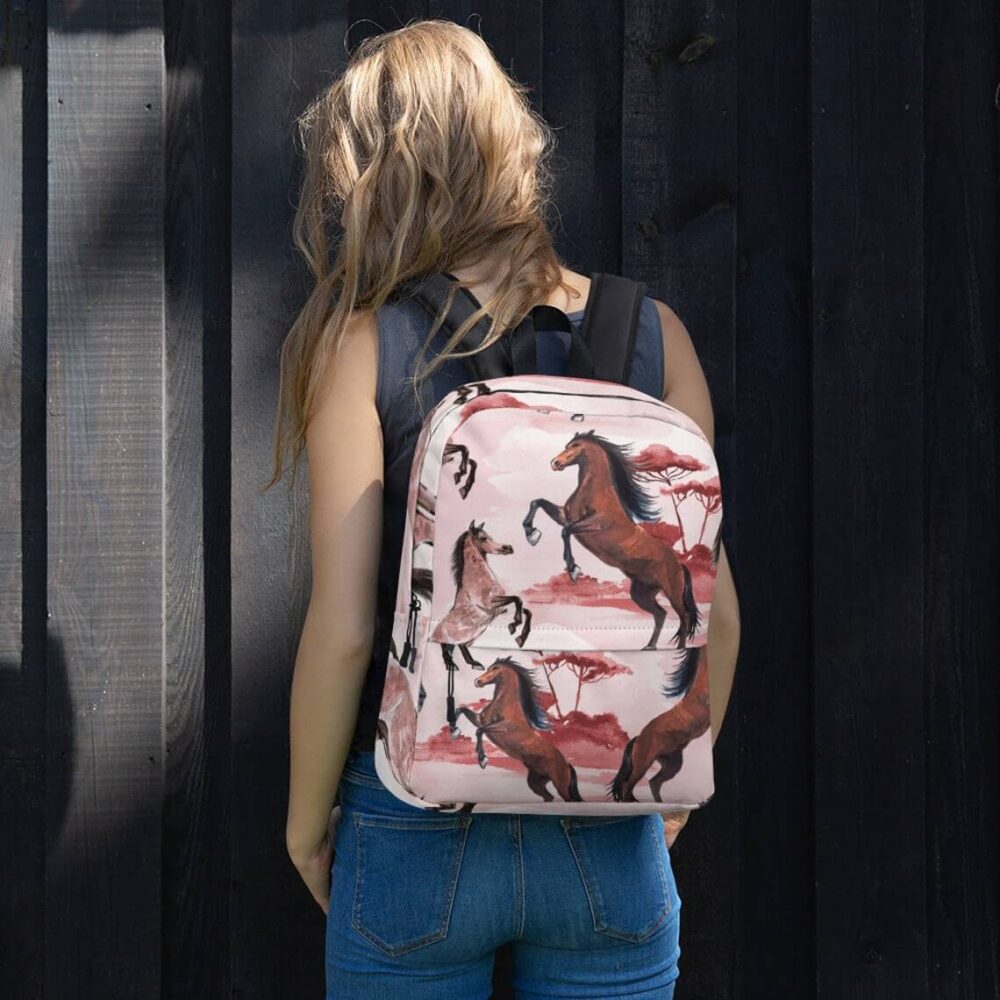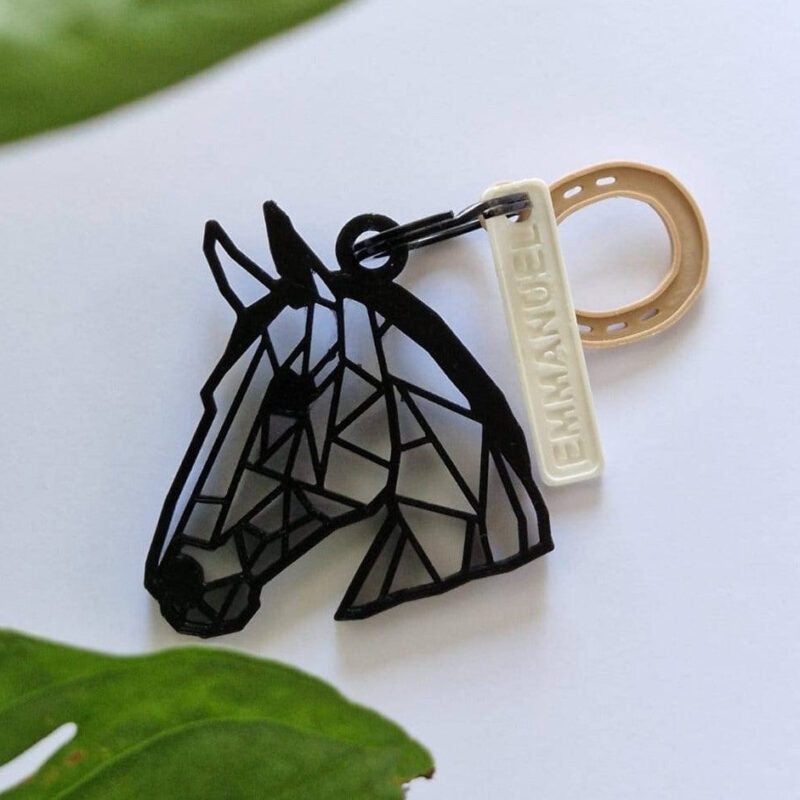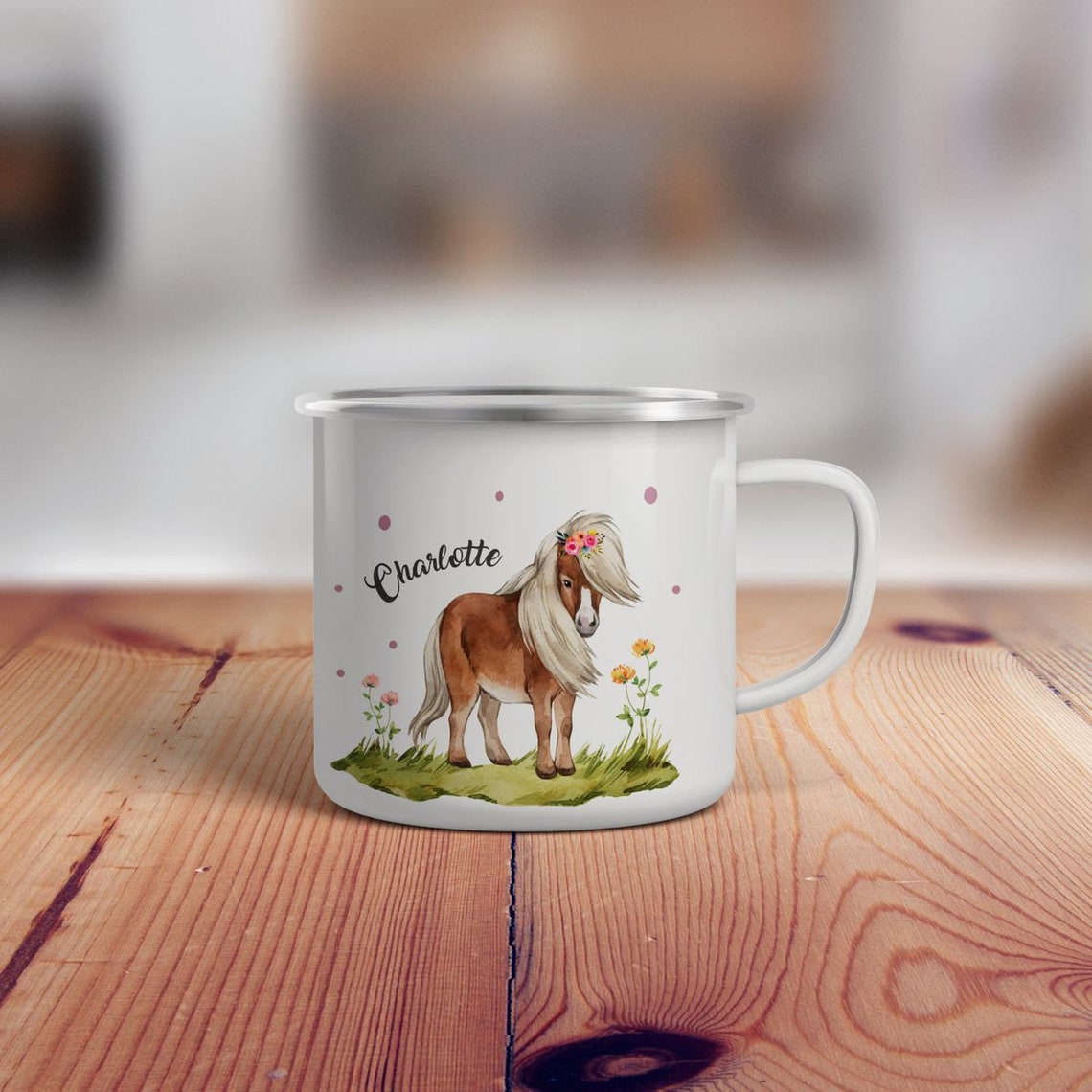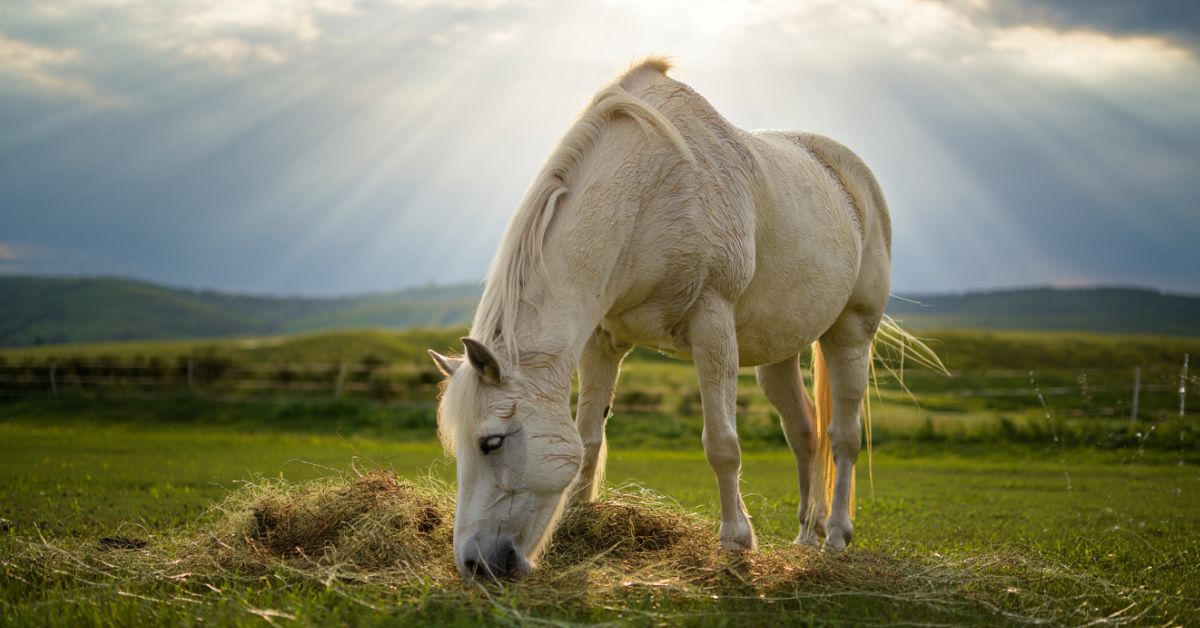
Can Horses Eat Hay That Has Been Rained On? The Truth Every Horse Owner Needs
You've just picked up a fresh load of hay, and wouldn't you know it—the sky opens up before you can get it under cover. Or perhaps your hay supplier is offering a great deal on bales that "got a little rain." The question burning in your mind: Can horses eat hay that has been rained on?
Here's the straight answer: Yes, but it depends. Not all rained-on hay is created equal, and understanding the nuances could save you money while keeping your horse healthy. Let me walk you through everything you need to know about wet hay for horses, from the science behind nutrient loss in hay to when rain-damaged forage might actually benefit certain horses.
Understanding What Happens When Rain Hits Your Hay 🌧️
When rain falls on drying hay, it triggers two main processes that affect hay quality after rain.
Leaching: The Sugar Exodus
When rainfall occurs on cut hay lying in the field, water-soluble compounds including readily available carbohydrates leach from the forage. Think of hay like tea leaves—when they're fresh and green, a little water won't extract much. But once they start drying, rain acts like hot water on a tea bag, pulling out those water-soluble carbohydrates (WSC).
About half of the dry matter leached by rain consists of soluble carbohydrates. For some horses, particularly those prone to laminitis, this natural reduction in sugar content in hay can actually be beneficial—more on that in a moment.
Respiration: The Silent Nutrient Thief
Even without rain, freshly cut hay undergoes respiration, a process where plant enzymes break down sugars. This occurs at nearly 2 percent dry matter per hour in fresh forage. Rain extends the time hay stays wet, prolonging respiration and increasing overall dry matter loss in hay.
The timing matters tremendously. One inch of rain on alfalfa after one day of drying caused 22 percent dry matter loss, while similar hay dried without rain damage lost only 6.3 percent.
The Critical Factor: When Did the Rain Fall? ⏰
Not all rain damage is equal. The stage of the hay curing process makes all the difference.
Early Rain (Within 24-36 Hours of Cutting) ✅
Hay that is rained on in the first 24-36 hours after cutting can be acceptable if dried down appropriately. At this early stage, the forage hasn't dried significantly yet, so there's less to leach out. If your hay producer can re-dry and bale it properly, you'll retain decent quality with minimal forage analysis changes.
Mid-Cure Rain (Partially Dried) ⚠️
This is where you see the most damage. When hay has partially dried and then gets soaked, maximum leaching occurs. Dry matter loss appears to be greatest after the forage partly dries. The structural carbohydrates (fiber) remain, but the digestible energy plummets.
Post-Baling Rain (On Stored Bales) 🟢
Rain on already-baled, properly cured hay is generally less problematic for the outer layers. Even 50mm of rain isn't going to penetrate that far into a round bale, and horses typically consume exposed wet hay quickly before mold can develop.
The Mold Question: When Rain Becomes Dangerous ⚠️
Let's address the elephant in the paddock: moldy hay dangers and mycotoxins in hay.
Understanding Mold Development
Molds grow when hay is wet on the inside (i.e., wet at baling), and there are low oxygen levels and heat inside the bale. Simply getting rained on doesn't automatically create mold—it's the combination of internal moisture, heat, and time that breeds fungal spores in hay.
Red Flags to Watch For
Never feed hay that shows these warning signs:
-
Musty or sour smell (healthy hay smells sweet and fresh)
-
Visible black, white, or gray mold growth
-
Heat inside the bale when you reach in (sign of active fermentation)
-
Slimy or wet patches deep within the bale
-
Excessive dust when shaken out
Heat-damaged hay from hay baled too wet poses serious risks including respiratory issues (horses) and even spontaneous combustion (hay) that can burn down barns. Hay shouldn't be baled if the moisture content is over 18%.
The Safe Feeding Window
Hay that has gotten wet and is fed immediately is perfectly fine to feed to horses, and a bale of hay that has been rained on and then dried thoroughly, and fed within a week or so is also not going to cause any problem whatsoever.
The key is quick consumption. If your horses will eat through a rained-on bale within days, the risk of mold development drops dramatically.
The Silver Lining: When Rained-On Hay Is Actually Better 🌟
Here's something most horse owners don't know: rain damaged hay can be a godsend for certain horses.
Perfect for Metabolic Conditions
If you have horses with:
-
Laminitis (founder)
-
Equine Metabolic Syndrome (EMS)
-
Insulin resistance
-
Cushing's disease
Then rained-on hay with reduced sugar content might be exactly what your veterinarian ordered.
Horses with laminitis need forage with low levels of carbohydrates, and owners traditionally soak their hay to lower the carbohydrate content—a cumbersome, messy and time-consuming process. Nature's "pre-soaking" through rain can provide the same benefit without the hassle.
For Easy Keepers and Overweight Horses
Most horses are over-fed, over-weight and under-utilized. A grass that measures 6-8% CP (crude protein) is adequate 99.999999% of the time. For that pudgy pony or portly Quarter Horse, lower-quality rained-on hay with reduced digestibility helps maintain a healthy weight while still providing essential roughage.
The reduced crude protein in rain-damaged hay and lower energy content can be dietary advantages, not drawbacks.
Practical Guide: Evaluating and Using Rained-On Hay 📋
Step 1: Perform a Sensory Assessment
Before feeding any questionable hay, use your senses:
Smell: Should be sweet and grassy, never musty, sour, or moldy Touch: Should feel dry and slightly springy, not damp, hot, or compacted Sight: Color can fade (vitamin A loss) but shouldn't show black, white, or fuzzy growth Shake Test: Minimal dust when flaked apart
Step 2: Check Internal Temperature
Reach deep into the bale. If you feel heat, it's not safe to feed. A bale internal temperature above ambient suggests active microbial activity and potential hay spoilage.
Step 3: Consider Professional Testing
When in doubt, invest in hay testing and forage analysis. For around $25-50, a lab can tell you:
-
Water-soluble carbohydrate (WSC) levels
-
Crude protein content
-
Presence of mycotoxins
-
Overall digestibility of rained-on hay
This is especially important for horses with metabolic conditions where sugar content in hay matters tremendously.
Step 4: Feed Strategically
If your rained-on hay passes inspection:
✅ Feed it quickly (within 1-2 weeks) ✅ Monitor daily for mold development ✅ Use for easy keepers first (they need less nutrition) ✅ Supplement working horses with additional concentrates to compensate for energy loss ✅ Watch for signs of risk of colic from wet hay (rare but possible)
Storage Tips to Salvage Rain-Damaged Hay 🏠
Already got wet bales? Here's how to salvage them:
Immediate Actions
-
Spread bales apart in a well-ventilated area
-
Allow air circulation on all sides
-
Remove outer wrapping if applicable to speed drying
-
Place in sun if weather permits
-
Turn bales every few days to promote even drying
Long-Term Storage Considerations
Once dried, storage of wet hay requires extra vigilance. Store in the driest location available, elevated off the ground. Horse quality hay should be baled between 10 and 15 percent moisture—anything higher risks mold.
Hay baled at over 17 percent moisture is at risk of molding. Hay baled over 25 percent is at risk of severe heat damage and serves as a potential fire hazard.
Adjusting Your Horse's Ration 🐴
Feeding wet hay or rain-damaged forage means you may need to modify your horse's diet.
For Performance Horses
Working horses need the energy that leaching of carbohydrates has stripped away. Consider:
-
Increasing grain rations to compensate for lost calories
-
Adding fat supplements (rice bran, stabilized oils)
-
Providing higher-quality hay for at least one daily feeding
-
Monitoring body condition weekly
For Easy Keepers
This is actually your opportunity to:
-
Reduce or eliminate grain
-
Use rained-on hay as your primary forage
-
Maintain weight without restrictive feeding
-
Provide more forage volume without excess calories
For Laminitic Horses
Work with your veterinarian to:
-
Test WSC levels in the rained-on hay
-
Ensure sugar content is below recommended thresholds (typically under 10%)
-
Monitor for any laminitis symptoms
-
Consider this a cost-effective alternative to buying expensive low-starch hay
What About Different Hay Types? 🌾
Not all forages respond to rain equally.
Grasses suffer the least amount of dry matter losses. Red clover shows even less dry matter loss due to rain than alfalfa and birdsfoot trefoil. Alfalfa (lucerne), being a legume with more water-soluble nutrients, loses more quality when rained on compared to grass hay varieties.
If you're choosing between rained-on alfalfa and rained-on timothy, the timothy will likely have retained better relative quality.
Common Myths About Rained-On Hay Debunked 💡
Myth: All Rained-On Hay Is Worthless
Reality: Even if it has been rained on, hay can still retain acceptable quality depending on several factors including the type of hay, how much rain fell, the intensity of rainfall, stage of curing when it rained, and actions the producer has taken.
Myth: Horses Won't Eat Wet Hay
Reality: Horses regularly graze in rain and consume wet grass. Many horses readily eat properly dried hay that was previously rained on, especially if it smells good and lacks mold.
Myth: Rained-On Hay Always Causes Colic
Reality: While feeding moldy hay to horses can contribute to digestive upset, properly dried and mold-free rained-on hay is no more likely to cause colic than any other hay. The key is ensuring it's clean, dry, and free of contaminants.
Red Flags: When to Absolutely Avoid Rained-On Hay 🚫
Don't feed hay if:
❌ It smells musty, sour, or fermented ❌ You can see visible mold (any color) ❌ It feels hot or warm inside ❌ It's been wet for more than a week without drying ❌ It leaves excessive dust or particles when handled ❌ Your horse refuses to eat it (they know!) ❌ It's slimy or has dark, wet patches ❌ You're feeding a horse with respiratory issues
In these cases, it's better suited as compost or bedding material—though even as bedding, moldy hay poses respiratory risks.
The Economics: Is Discounted Rain-Damaged Hay Worth It? 💰
Many farmers discount rained-on hay 20-50%. Is it a bargain?
It can be if:
-
Your horses are easy keepers or need low-sugar forage
-
The hay was rained on early in curing and properly dried after
-
You have hay testing done to confirm quality
-
The discount reflects the actual nutrient loss
-
You can feed it quickly (within weeks, not months)
Skip it if:
-
You have performance horses requiring maximum nutrition
-
The hay shows any signs of mold or poor drying
-
The discount is minimal (under 20%)
-
You can't use it quickly
-
You're feeding horses with respiratory sensitivities
Good quality, rained-on hay can benefit horses that are sensitive to forage sugar content, making it worth more to owners of metabolic horses than perfect hay would be.
FAQ: Rained-On Hay for Horses 🤔
Q: How long after rain can horses safely eat hay that was in the field?
A: If the hay was rained on and then properly re-dried before baling, horses can eat it safely. The critical factor is the internal moisture content when baled—it must be below 15% for safety. As long as it was dry when baled, it is no problem.
Q: Can I soak rained-on hay for my laminitic horse?
A: You can, but it may be unnecessary. Rain has already reduced the WSC content. Test the hay first—you might find it's already below the 10% sugar threshold your horse needs. Double-soaking could make it unpalatable and strip away remaining nutrients.
Q: What's the difference between rained-on hay and hay baled wet?
A: Huge difference! Rained-on hay that was then dried properly before baling has lower nutritional value but can be safe. Hay baled too wet (above 18% moisture) will heat, mold, and potentially spontaneously combust. The first might feed your horse; the second might burn down your barn.
Q: Will horses refuse to eat moldy hay, or do I need to check?
A: While horses often refuse obvious moldy hay, don't rely on them to protect themselves. Some horses will eat questionable hay when hungry, and even inhaling fungal spores while rejecting it can cause respiratory problems. Always inspect hay yourself.
Q: Can I feed rained-on hay to pregnant mares or foals?
A: Pregnant mares and growing foals have higher nutritional requirements. While clean, mold-free rained-on hay won't harm them, the nutrient loss means you'll need to supplement more heavily with concentrates and minerals to meet their developmental needs. Consider using your best hay for these special-needs horses.
Conclusion: Making Smart Hay Decisions 🎯
Is rained-on hay safe for horses? The answer isn't simply yes or no—it's "it depends on the circumstances." Understanding the hay curing process, recognizing moldy hay dangers, and knowing when reduced sugar content becomes an advantage will help you make informed decisions for your horses.
Remember these key takeaways:
✨ Early rain on freshly cut hay causes less damage than rain on partially dried hay ✨ Proper drying after rain is more important than whether it rained at all ✨ For laminitic and overweight horses, rained-on hay can be beneficial ✨ Always inspect for mold, test internal temperature, and trust your senses ✨ When in doubt, invest in professional hay testing ✨ Feed questionable hay quickly and monitor your horses closely
The most expensive hay isn't always the best hay for your specific horse. Sometimes, that discounted "rain-damaged" bale might be exactly what your easy keeper needs, while other times, it's genuinely destined for the compost pile.
Join the Conversation 💬
And you, have you ever successfully used rained-on hay for your horses? What tips would you share with fellow horse owners facing this dilemma? Drop your experiences in the comments below! 👇
Want to dive deeper into equine nutrition topics? Check out our comprehensive guide on choosing the perfect hay for your horse's specific needs—from metabolic conditions to performance athletes.
Never miss our expert tips! Subscribe to the Dream Horse newsletter and get practical equine care advice delivered straight to your inbox every week. Because your horse deserves the best care, backed by real knowledge. 🐎✨
